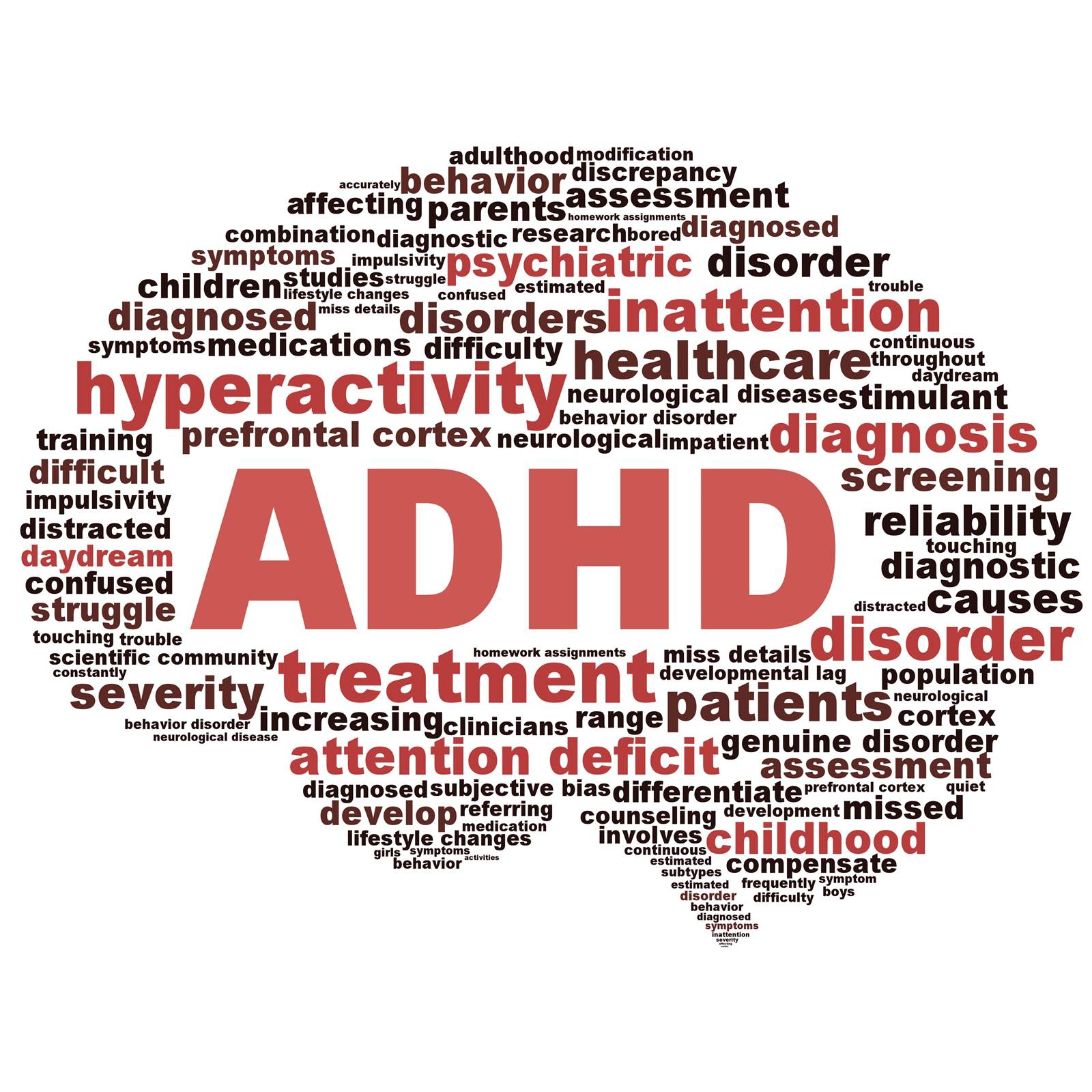Tension-type Headache

Tension-type Headache Tension Headache is the most common type of primary headaches (i.e headaches that aren't caused by or due to another medical problem) They are usually mild to moderate in intensity. It's usually felt as a tight band around the head. It doesn't cause nausea or vomiting. Other types of primary headaches are cluster headaches , and migraine . Types: Tension-type headache is classified into three main types 1) Infrequent episodic tension-type headache: Headaches occur in a frequency that is less than a day/month. 2) Frequent episodic tension-type headache: occurs in a frequency of 1- 14 day per month. 3) Chronic tension-type headache: Headaches occur at a frequency of 15 day or more per month. Why Tension-type headache occurs: The exact cause of tension-type headache is still unknown , but sensitization of pain receptors in the head and face are thought to responsible for episodic subtypes. While chronic tension-type headache is thought to be


